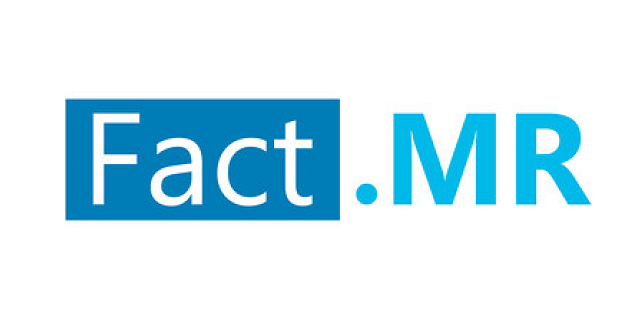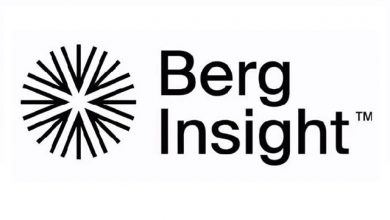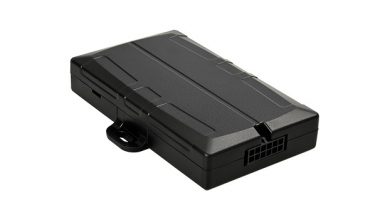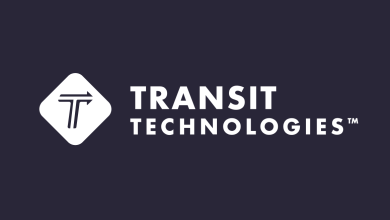Global sales of automotive telematics to reach US$ 217.7 Bn: Fact.MR Study

A market research and competitive intelligence provider predicts, the global sales of automotive telematics to reach US$ 217.7 Bn by registering a CAGR of 18% in the sales indicator period 2021-2031. Increasing concern towards safety and security has propelled the demand for automotive telematics across various end sectors.
Historically, from 2016 to 2020, demand for automotive telematics registered an impressive 16% CAGR. A Y-o-Y increase of 23.3% was recorded in 2019 over 2018, mainly on the back of increased deployment of advanced safety features across both conventional and electric vehicles. Despite facing a crunch of 16% due to the COVID-19 pandemic, the automotive industry stimulated high demand for automotive telematics.
As per statistics published by the World Health Organization, more than 50 million people are injured due to road accidents, while 1.35 million succumb to the same across the world, which comprises of a figure greater than those dying of AIDS or malaria. Furthermore, road deaths and injuries cost between 3-5% of developed countries GDP. Hence, automotive manufacturers are including high grade automotive telematics.
Key Takeaways from the Market Study
- By product, embedded automotive telematics to garner US$ 6 Bn for automotive telematics in the assessment period
- By sales channel, OEM to yield an opportunity worth US$ 32 Bn for automotive telematics in the forecast period
- Europe to emerge as the fastest expand automotive telematics landscape, clocking a 10% CAGR
- Asia to register a 9% CAGR, generating US$ 77.2 Bn in value for automotive telematics
- By 2021, automotive telematics market value to reach US$ 41.6 Bn, expanding over 5x by 2031
“As global ownership of automobiles increases, prominent manufacturers are introducing enhanced safety and security features across new car models to prevent road accidents and damage, widening prospects for automotive telematics,” opines Senior Research Analyst.
Competitive Landscape
Prominent service providers are relying on introducing new software which facilitate advanced damage detection systems, based on cloud and artificial intelligence approaches. Noteworthy developments in the past few months are as follows:
- In January 2021, Harman International Industries Inc. announced the introduction of HARMAN Turbo Connect (TBOT). The software anticipates and mitigates connectivity discrepancies on the road. This addition to the current portfolio satisfies current demand for high speed connectivity with low latency, especially when used with 5G-enabled technologies, including its Smart Conformal Antenna
- In November 2021, Robert Bosch GmbH introduced its Ridecare services, equipped with a sensor box, to detect damage to a vehicle and smoke inside the vehicle. The sensor deploys a cloud-based data analysis using artificial intelligence, disbursing information on whether a vehicle has been damaged, or someone has smoked in it. Pilot projects are being initiated across North America, Asia and Germany
These insights are based on a report on Automotive Telematics Market by Fact.MR.




